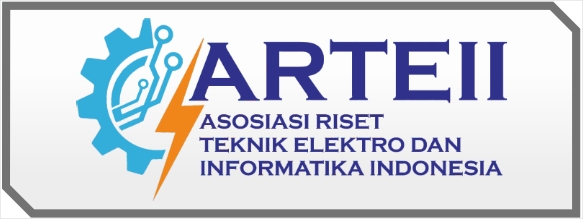Analisa Keandalan Operator Mesin Giling CTC Pada Produksi Teh Kebun Wonosari
DOI:
https://doi.org/10.59581/jkts-widyakarya.v1i4.1142Keywords:
FTA, HEART, Human Error, Human Reliability, TeaAbstract
Tea is a plantation commodity that is in great demand and needed. Day by day, there are more connoisseurs and requests regarding the types and forms of tea. In the process, tea processing requires expertise in processing each quality. The purpose of this study is to identify what factors influence human error during the milling process, find out the type of work that gets the highest HEP value, and provide suggestions for improvements to reduce human errors that occur in the processing process. This research was conducted at the Wonosari Tea Plantation Factory. From the results of observations, it was obtained that the largest human error probability was obtained at the Wonosari Garden Tea Factory in the milling process with a probability of 0.7997584. And the lowest HEP is on the task of maintaining a max temperature of 27oC with a value of 0.00000681. The thing that is proposed to the company to reduce the human error that occurs is to provide an understanding of the SOP and emphasize the SOP that applies to the processing process. Companies can also use the HEP value as a reference to reduce human error that can harm the company.
References
Ansori, N., & Mustajib, M, I. (2013). “SISTEM PERAWATAN TERPADU (INTEGRATED MAINTENANCE SYSTEM)”. Yogyakarta: Graha Ilmu
Arung, S. P. & Novie, S. (2017). “Human Reliability Assesment Dengan Metode HEART Sebagai Upaya Mengurangi Human Error Pada Pt. Multipanel Intermitra Mandiri”. Jurnal Departemen Teknik Industri, Fakultas Teknik, Universitas Diponegoro 2017. Vol 7 No 3, 1-7.
Gati, M. W. dkk. (2020). “ANALISIS PENYEBAB HUMAN ERRORTERHADAP KEJADIAN KECELAKAAN PADA TEKNISI DI PERUSAHAAN OTOMOTIF X, SEMARANG”. Jurnal Kesehatan Masyarakat. Vol 8, No, 5, 665-671
Guttman, H.E., & Swain. (1983). “Handbook of Human Reliability Analysis with Emphasis on Nuclear Power Plant Applications”. Washington DC : GPO Sales Program
Guttman, H.E., & Swain. (1983). “Handbook of Human Reliability Analysis with Emphasis on Nuclear Power Plant Applications”. Washington DC : GPO Sales Program
Hardianto. & Yassierli. (2017). “Ergonomi Suatu Pengantar”. Bandung: PT. Remaja Rosdakarya.
Ishak. (2002). “Manajemen Sumber Daya Manusia”. Jakarta: Universitas Trisakti.
Kirwan, B. (1995). “The Validation of Three Human Reliability Quantification Techniques- THERP, HEART, and JHEDI: Part Result of Validation Exercise Applied Ergonomics”. Elsevier. Vol 27, No. 6,359-373.
Riselvia, N. (2017). “Penilaian Human Error Probability dengan Metode Human Error Assessment and Reduction Technique (HEART) (studi di Departemen Finishing PT. Eratex Djaja, Tbk)”. E-journal Pustaka Kesehatan. Vol 5, No. 3, 565-571.
Safitri, Astriaty, Rizani. (2019). “Human Reliability Assessment dengan Metode Human Error Assessment and Reduction Technique pada Operator Stasiun Shroud PT. X”. Jurnal Rekayasa Sistem Industri. Vol 4, No. 1. 1-7.
Williams, H.L. (1958). “Reliability Evaluation of The Human Component in Man-Machine Systems, Electrical Manufacturing”. Microelectronics Reliability. Vol 24, No.4, 743-759.
Zetli, S. (2021). “ANALISIS HUMAN ERRORDENGAN PENDEKATAN METODE SHERPA DAN HEARTPADA PRODUKSI BATU BATA UKM YASIN”. Jurnal INTECH. Vol 7,No. 2, 147-156.
Downloads
Published
How to Cite
Issue
Section
License
Copyright (c) 2023 Faisyah Rizky Hidayati, Endang Pudji W

This work is licensed under a Creative Commons Attribution-ShareAlike 4.0 International License.













